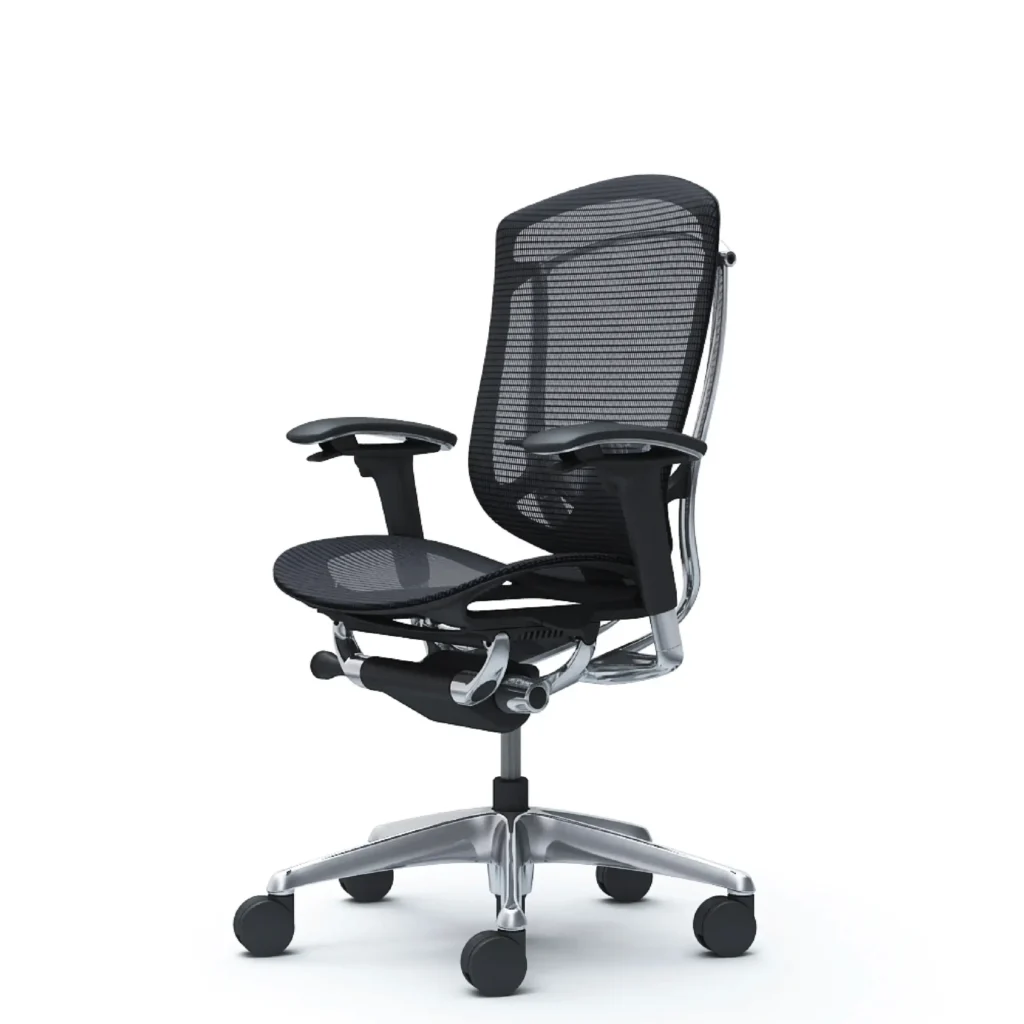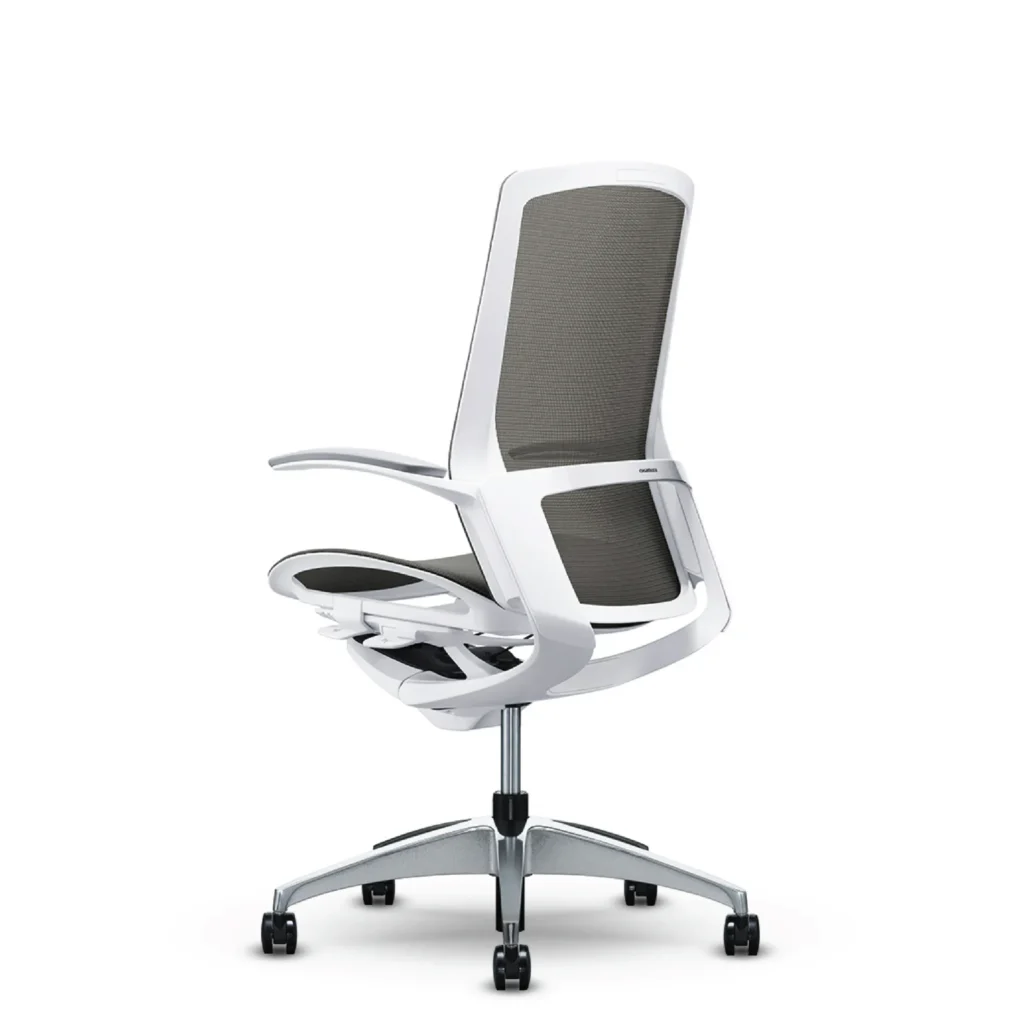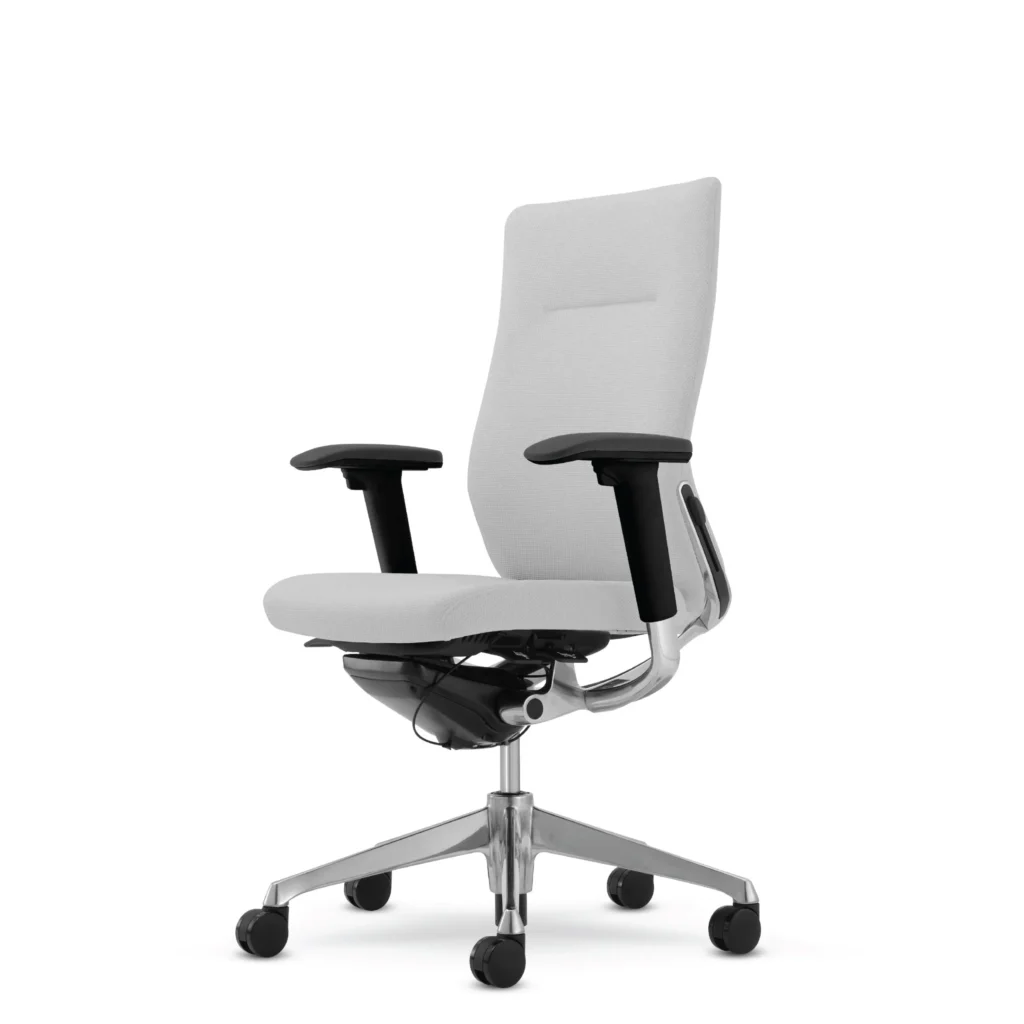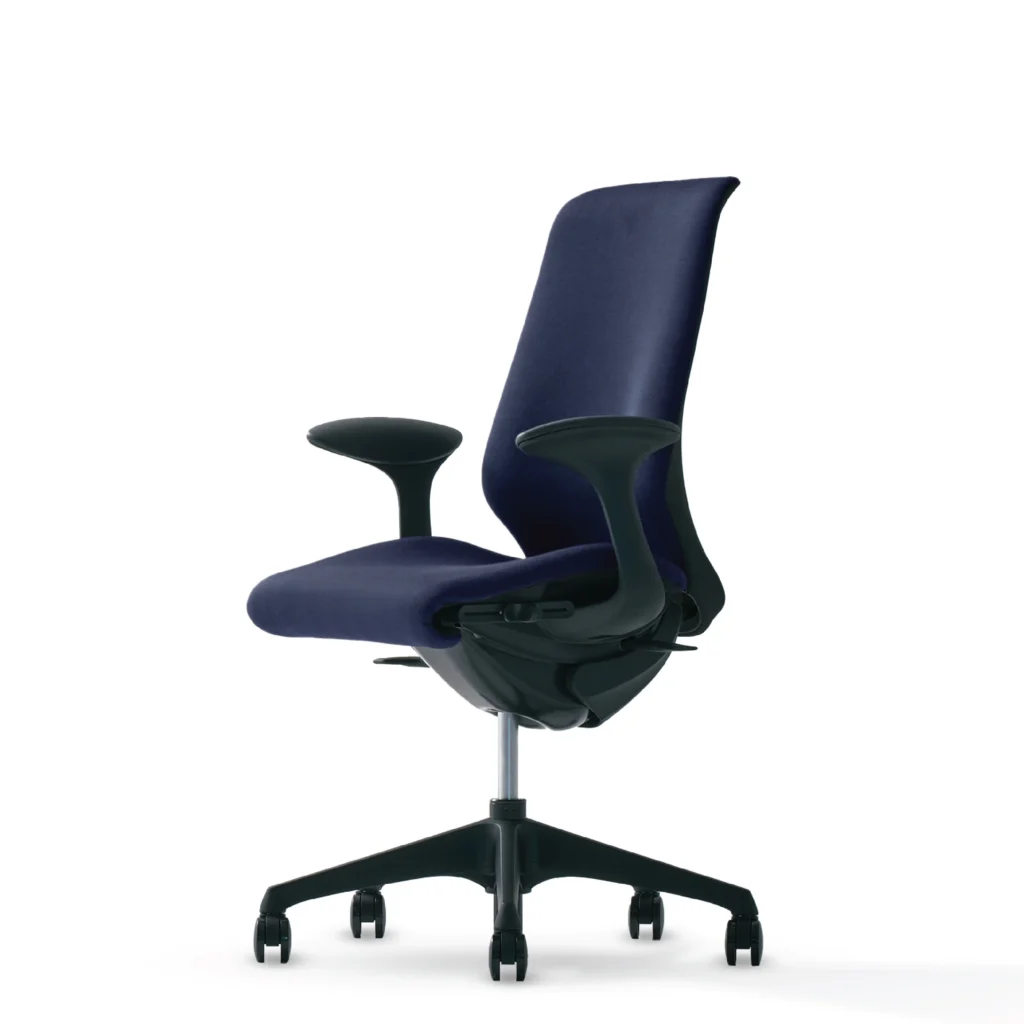Ergonomics
How to Choose an Office Chair that Adapts to You
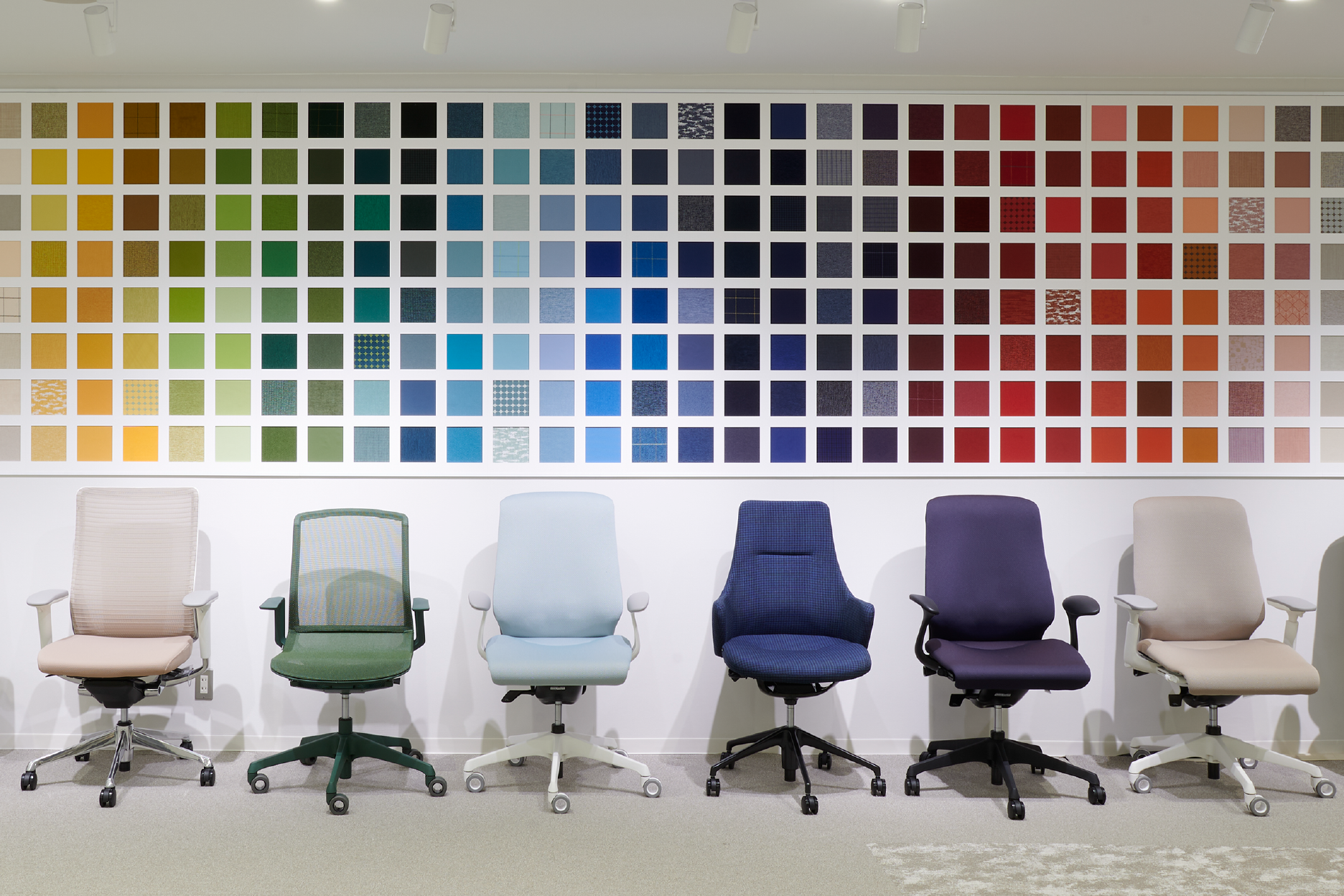
Are you sitting in a way that puts strain on your lower back?
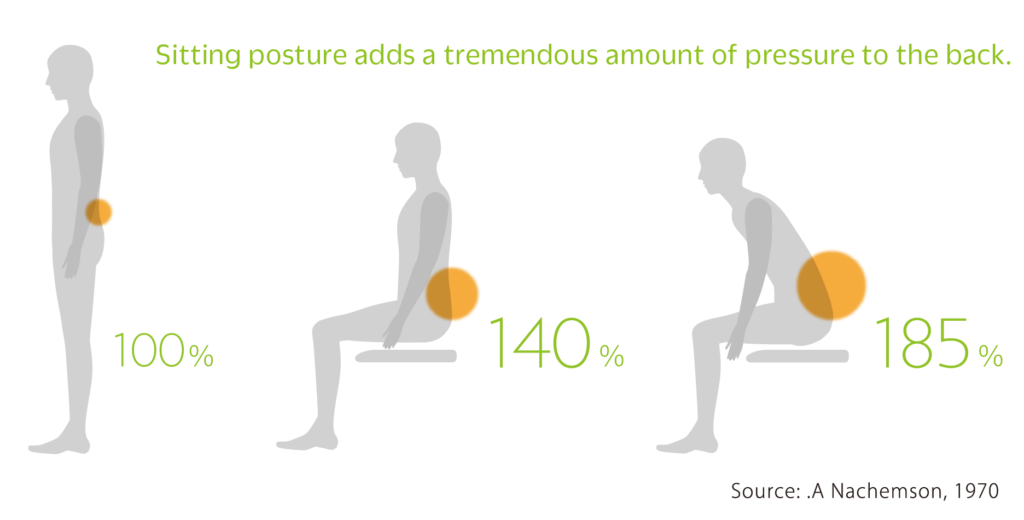
Load-applying mechanisms
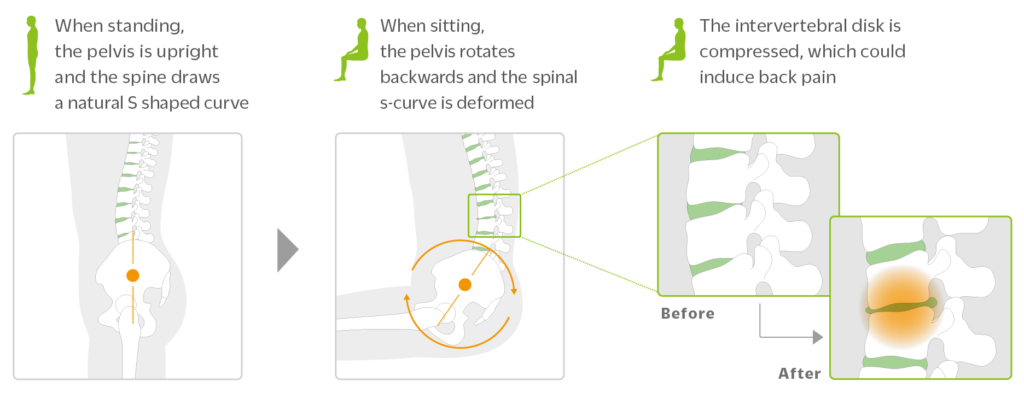
What is the preferred way to sit on a chair?
Sitting Posture
1. Sit all the way back in the chair.
2. Adjust the height so that your knees are at a 90-degree angle
3. Lean back slightly tuck in your chin
*No matter how ideal the posture, it can only be maintained for about 30 minutes. To maintain a preferable posture that does not strain your body, take breaks, stand up, sit down, and use chairs, desks, and support tools as needed.
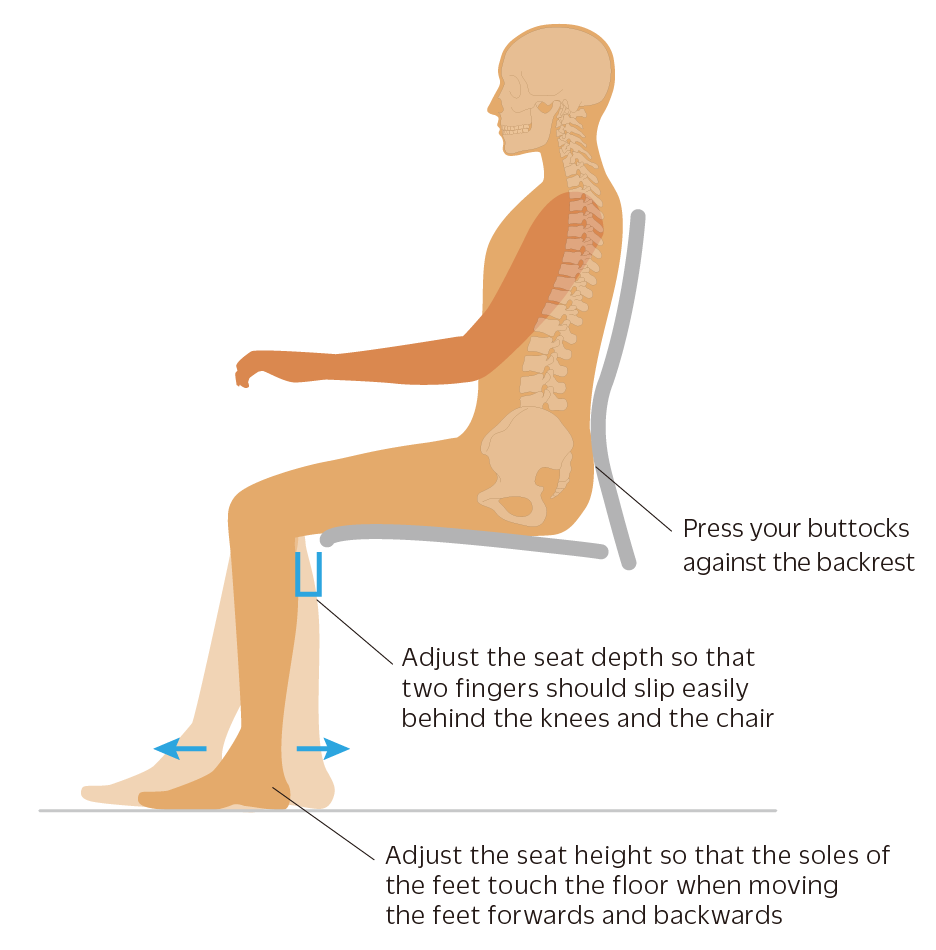
It is important to maintain a posture where your spine forms a natural S-curve
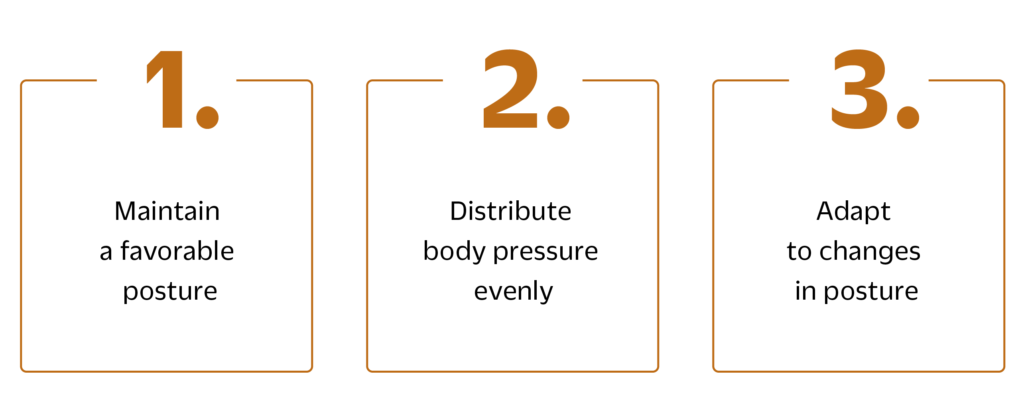
1. Maintain a favorable posture
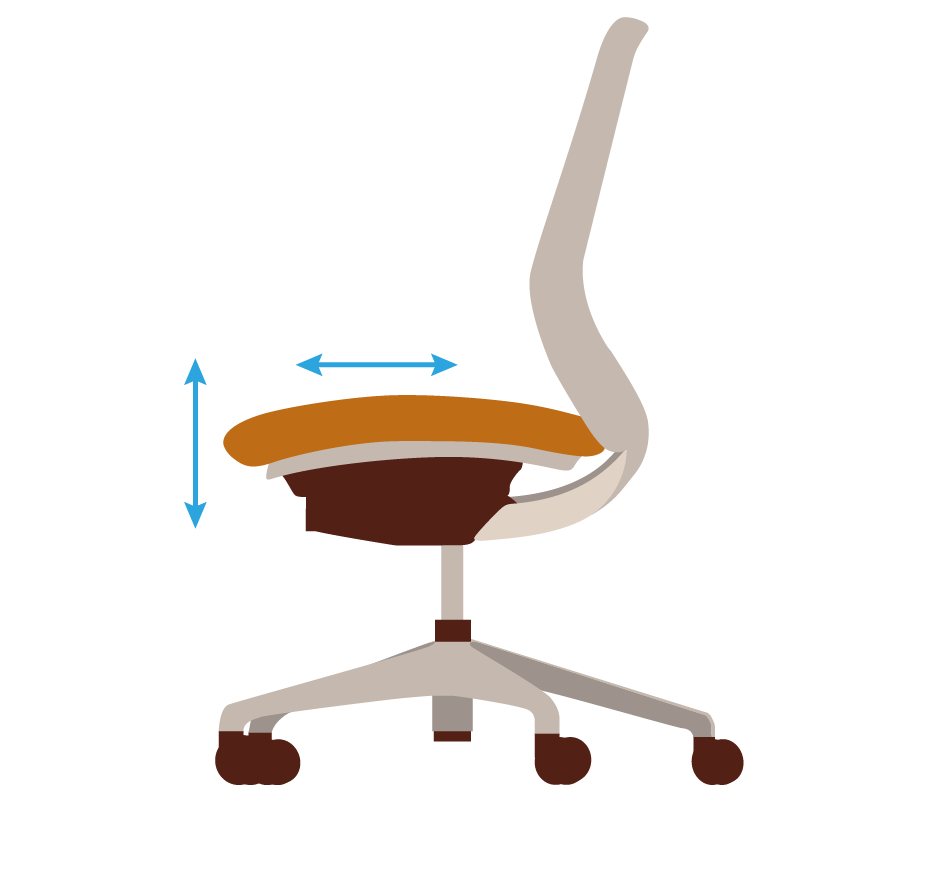
Adjust the “Seat” to Fit Your Body
By adjusting the height and depth of the seat, you can reduce fatigue in the lower body. The ideal height is where your knees form a right angle, and the ideal depth is where there is a small gap behind the knees and the thighs are not compressed.
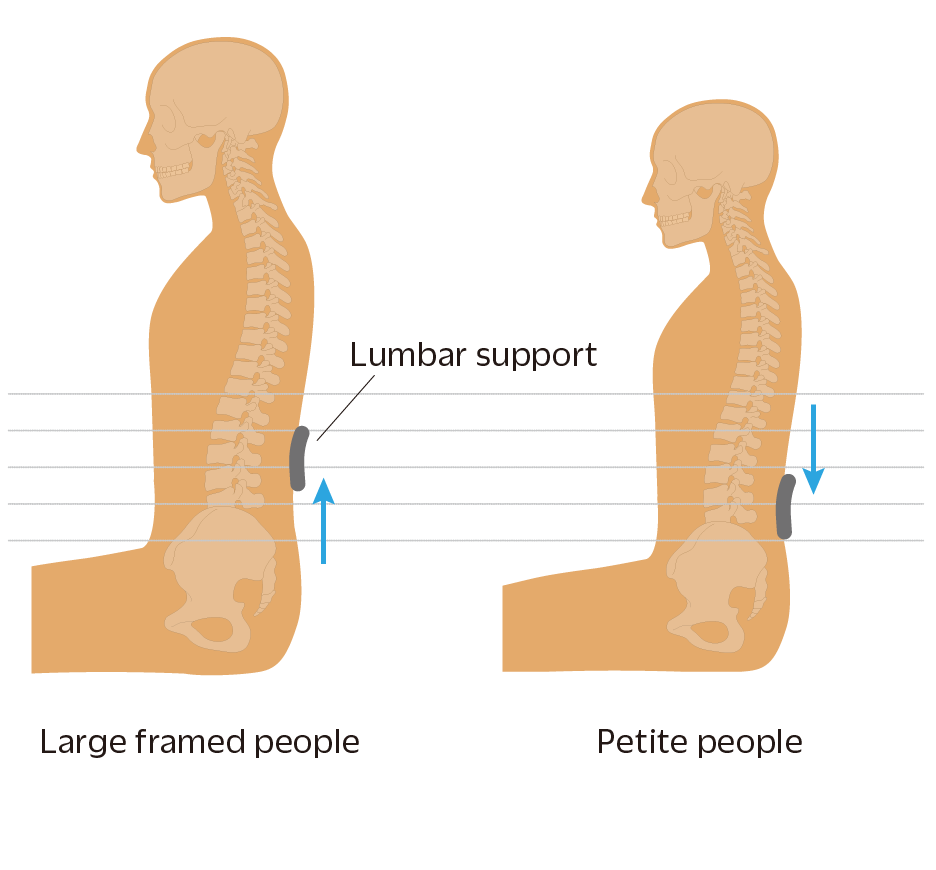
Adjust the “Lumbar Support” to Match the S-curve of Your Spine
This feature supports the lower back to help maintain the natural S-curve of the spine. You can adjust the lumbar support up and down to your preferred position.
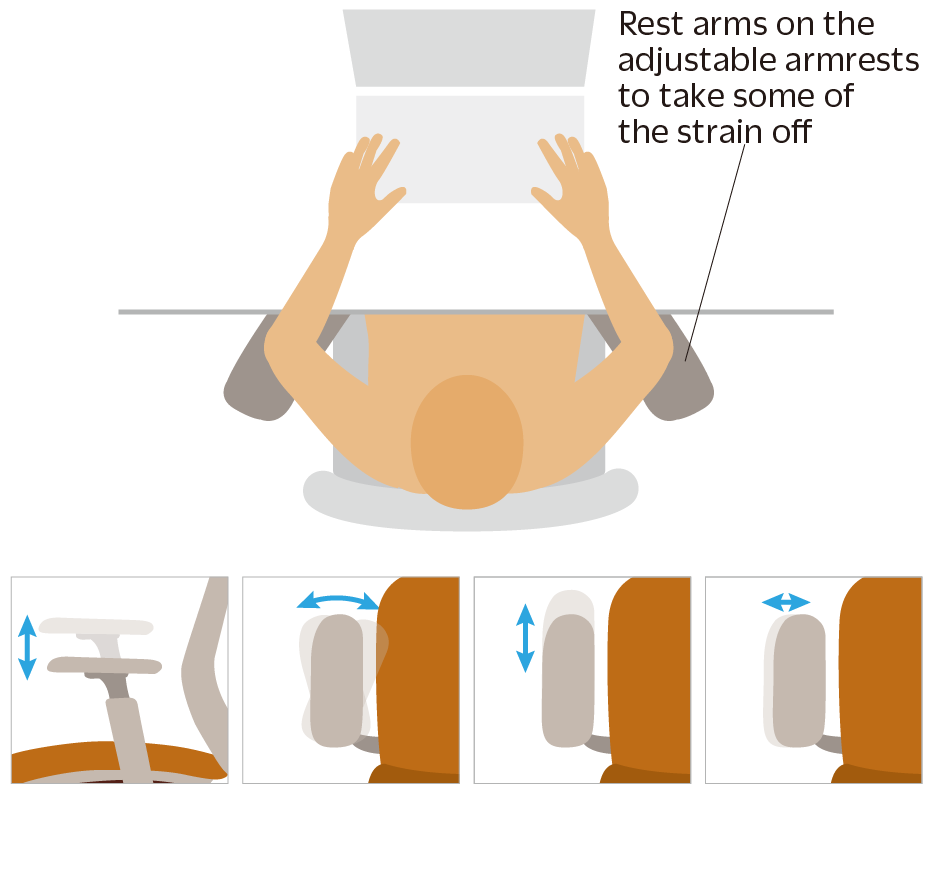
Adjust the “Adjustable Armrests” to Match Arm Length or Tasks
You can adjust the armrests to match your arm length and the tasks you are performing. Some armrests can be adjusted not only in height but also in depth and angle. This helps reduce fatigue in the wrists, arms, and shoulders when using a mouse or keyboard.
2. To Distribute Body Pressure Appropriately
“Multiple Density Cushion” that Distributes Body Pressure and Stabilizes Posture
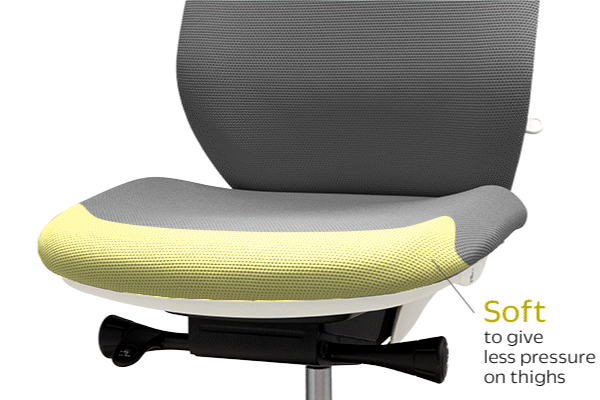
By integrally molding three types of polyurethane with different hardness levels, the cushion provides varying degrees of firmness according to the parts of the body it touches. This balances comfort and posture stability.
3. To Follow Changes in Posture
“Ankle Tilt Reclining” that Synchronizes with Body Movements
The backrest and seat move backward in sync around the ankle as the pivot point, allowing for reclining without shifting the support points of the body. The seat slides backward, preventing compression behind the knees and keeping the heels from lifting. This synchronized reclining mechanism is referred to as “Synchro Reclining.”
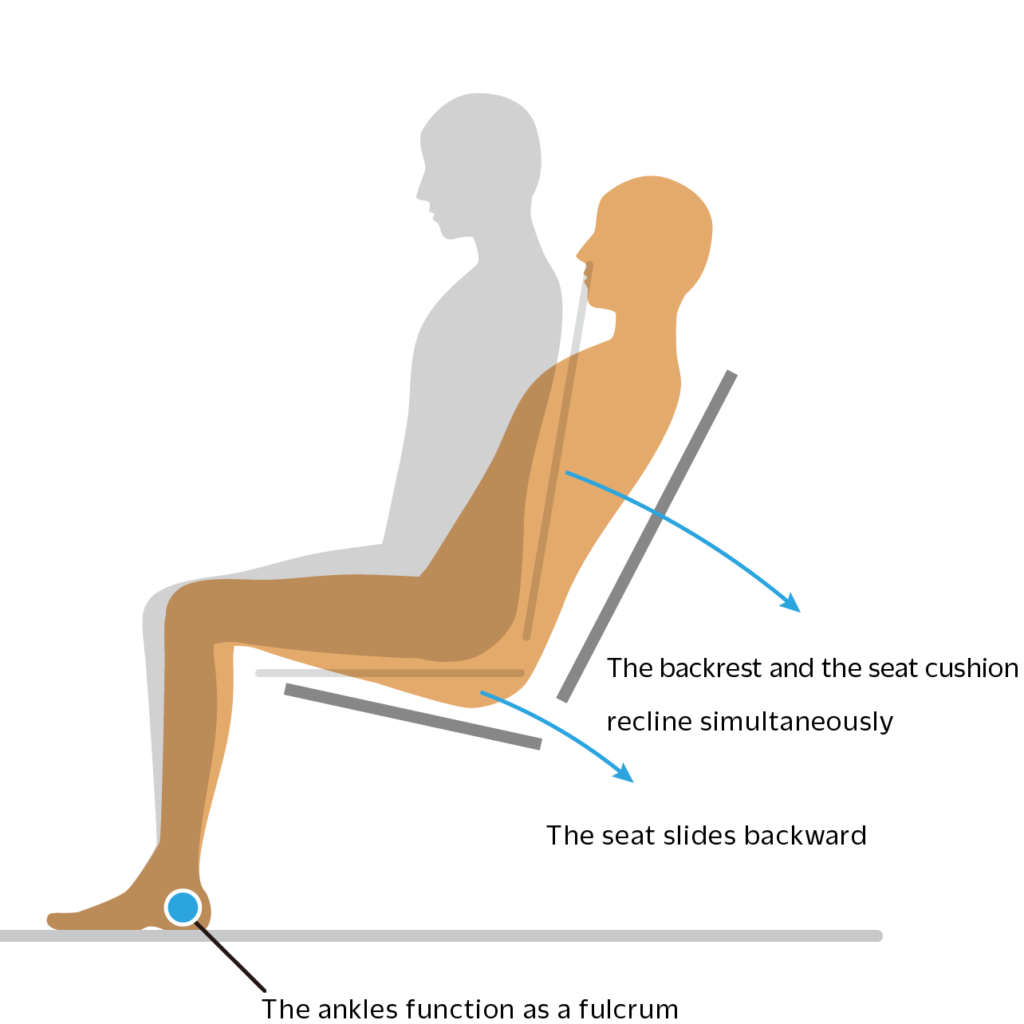
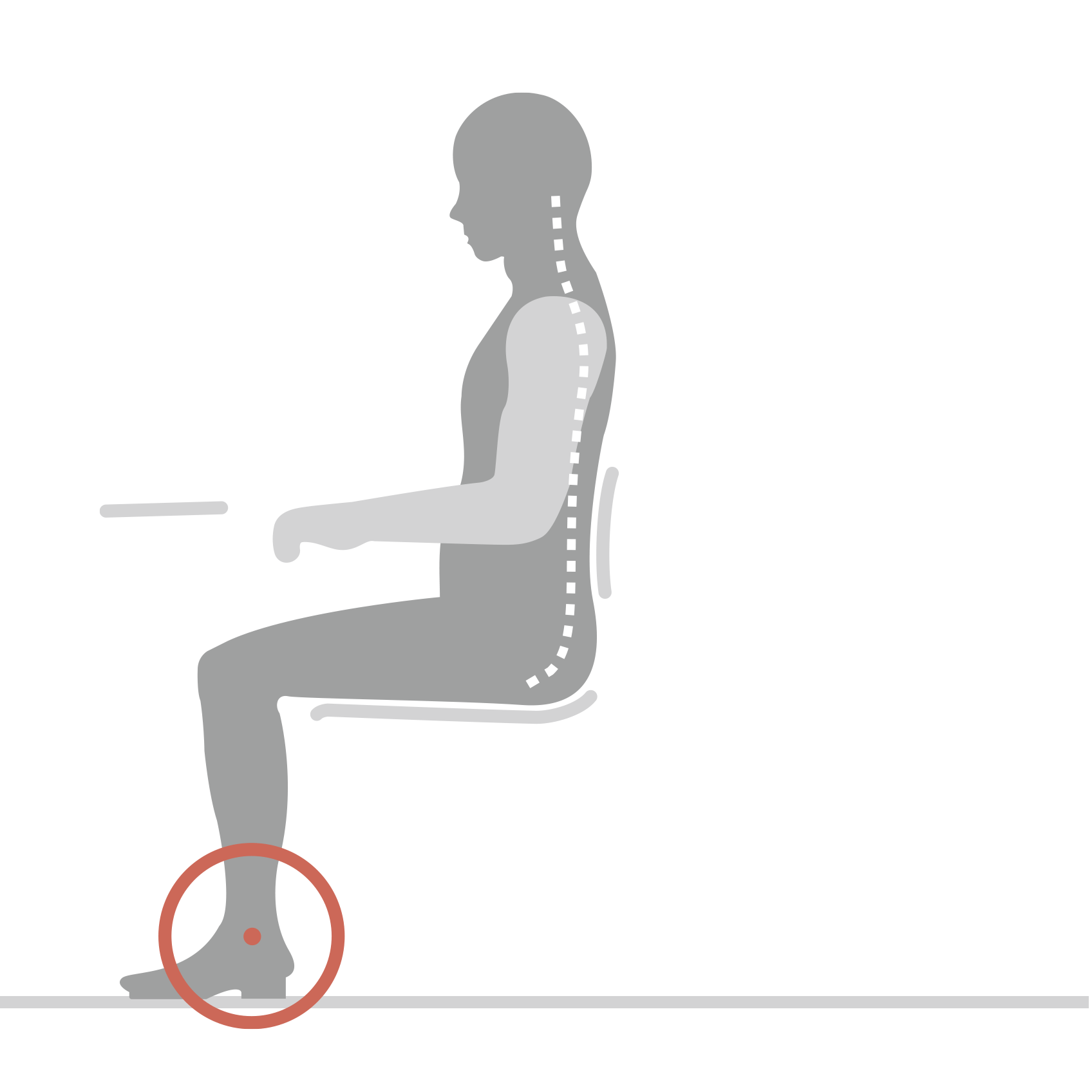
|Recommended Ergonomic Seating
Related Articles
-
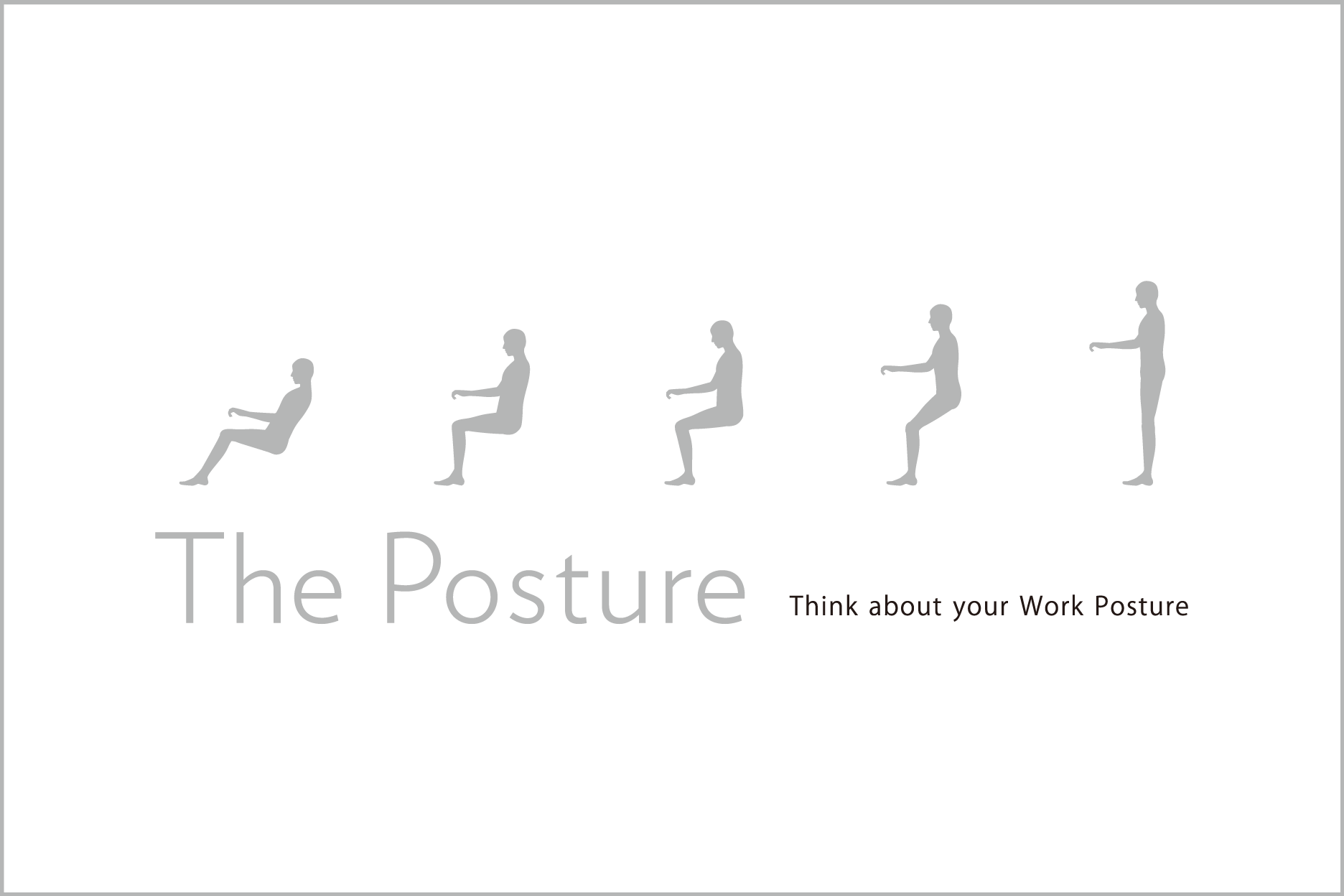
The Posture
Read More: The PostureTo keep ideal posture in each situation, Okamura recommends five different postures.
